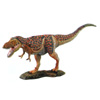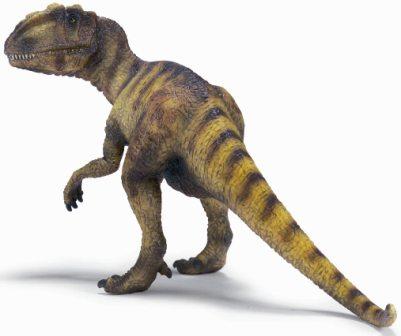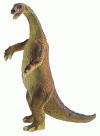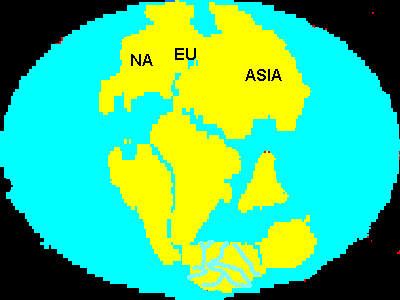Master Pages Toy companies |
||||||||||||||||||||||||
|
Laurasia was the northern half of Pangea;The Northern landmass formed 200 million years ago by the splitting of the single world continent Pangaea. It consisted of what was to become North America, Greenland, Europe, and Asia, and is believed to have broken up about 100 million years ago with the separation of North America from Europe.
In the south was the Gondwanaland
landmass. update 07/24/2006
|
From the Dinosaur Collector | |||||||||||||||||||||||
|
||||||||||||||||||||||||
 |
||||||||||||||||||||||||
|
Click on the Links to visit
Laurasian Diorama.
|
||||||||||||||||||||||||
|
Most of Central
Asia assembled during the Paleozoic and Mesozoic Eras and became isolated from the rest of
Pangaea in the Jurassic. It reconnected with North America in the Early Cretaceous. One of the profound influences on the character of the central Asian dinosaurs was the development of a megamonsoonal weather cycle that resulted from the
Pangaea landmass configuration. The Triassic and Early Jurassic Central Asia was
characterized by lush swamps and lakes and a cosmopolitan fauna similar to that of the rest of
Pangaea. The Middle Jurassic of China is the best known in the world by then the fauna has become differentiated due to isolation. By the Late Jurassic the megamonsoon has failed because of the break of
Pangaea. The new arid conditions lead to the Mamenchisaurus Fauna. The
Psittacosaurus Fauna is one of the best
documented Early Cretaceous find in the world. The Liaoning fauna with it feathered dinosaurs is another. During the the
Late Cretaceous the Asian descended dinosaurs dominate North America.
|
||||||||||||||||||||||||
 |
 |
 |
||||||||||||||||||||||
|
In North America the
Late Triassic and Early Jurassic of the
American Southwest is similar to the that of the rest of
Pangaea. Things changed in Late Jurassic North America is dominated by sauropods. The Morrison formation presents a picture and arid flood plain with Sauropods , stegosaurs and allosaurs.
The
Giant Sauropods Seismosaurus, Ultrasaros and Supersaurus
have been found in Western North America. The related dinosaurs identified in Africa
and North
America show that
Pangaea has not completely broken up.
The
Walking with Dinosaur documentary has a a segment
featuring the life of a young sauropod in North America.
|
||||||||||||||||||||||||
 |
||||||||||||||||||||||||
|
|
 |
Europe has good record for the Early Triassic fauna characterized by phytosaurs and dicynodonts. In the Late Triassic we have prosauropds and early therapods. While
Middle Jurassic became increasingly submerged the fauna for the period is one of the better known. There is still an exchange of fauna with North America in the
Early Cretaceous. In the Later Cretaceous there are signs of immigrants from Gondwanan Africa to the islands of Europe .
|
 |
|||||||||||||||||||||
 |
||||||||||||||||||||||||
|
|
||||||||||||||||||||||||
|
|
 |
|||||||||||||||||||||||
